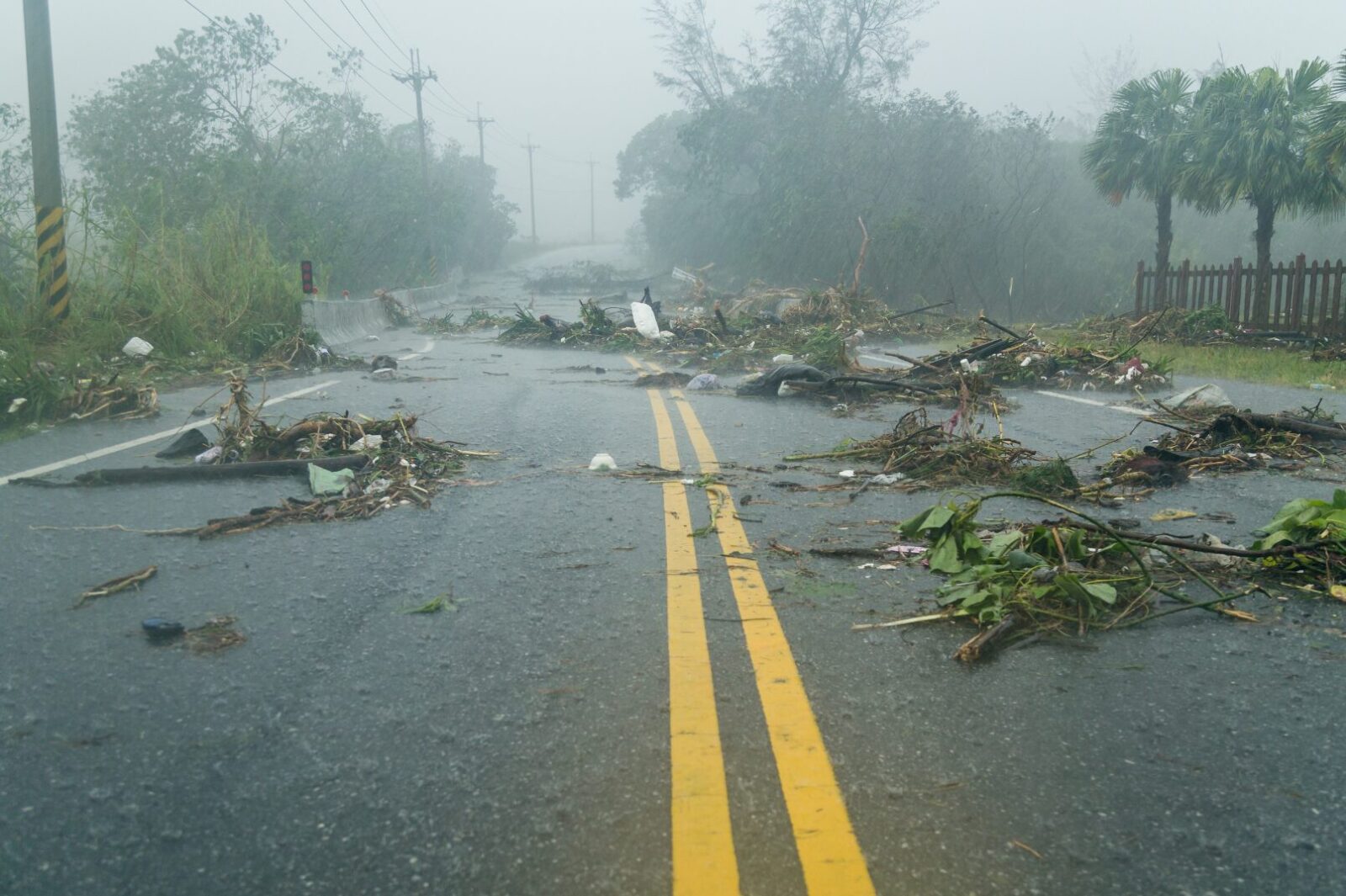
Extreme weather events are happening more often and to a greater degree worldwide because of climate change. In 2023, the U.S. experienced 28 separate weather and climate disasters totaling $92.9 billion in damages. Beyond monetary costs, natural disasters (such as the wildfire on Maui Island, Hawaii) strain all critical systems that rely on modern energy infrastructure. Energy systems are essential to services like hospitals, water treatment plants, and transportation networks and robust new energy strategies are vital as extreme weather incidents threaten their continuous operation.
Balancing Renewable Energy Sources
There are many reasons why fossil fuel power plants are being retired and renewable energy sources are taking their place. For one, fossil fuel plants emit greenhouse gasses which contribute to climate change. And while fossil fuel power plants are flexible, reliance on a single generation source has clear drawbacks. The February 2021 freeze in Texas is a key example, where natural gas drilling and transport infrastructure failed due to unexpected frigid temperatures, taking power plants offline and leaving people without power for four days.
On the other side of the coin, solar, wind, hydropower, and geothermal energy sources are decentralized examples of renewable energy that leverage natural power but can suffer from intermittency. Solar accounted for 45% of all new electricity-generating capacity added to the U.S. grid in the first half of 2023, signaling the shift. However, when there is a higher risk of total system failure, one renewable resource may not be enough during an extreme weather event. Deploying multiple sources that can balance each other out when fluctuations happen has advantages. For example, solar energy is less effective during cloudy periods, but wind turbines can continue producing power.
As extreme weather events become more common and severe, robust energy infrastructure will be crucial for grid stability. Diverse renewable sources and grid resilience measures are pivotal for clean energy and reliable electricity during severe storms or wildfires.
Smart Grids Boost Efficiency
The International Energy Agency (IEA) describes smart grids as electricity networks that use digital technologies, sensors, and software to match electricity supply and demand in real time, cutting energy costs while ensuring grid stability. Real-time information allows operators to understand energy generation, consumption patterns, and overall grid conditions. Artificial intelligence (AI) is also playing a role by making the smart grid even smarter.
Smart grids optimize the grid through demand response, cybersecurity, predictive maintenance, and other new and significant ways. With respect to energy storage, smart grids enable the energy system to automatically store excess energy during sunny or windy days, for example, when power generation is high. That stored energy can be released back into the grid to meet the demand during low renewable energy production periods.
Smart grids allow longer duration energy storage technologies, such as pumped hydro, to charge at times when renewables might otherwise be curtailed. Longer duration energy storage can then play a key part of the strategy by providing backup power for multiple days during an outage.
During extreme weather events like hurricanes, smart grids help maintain electricity while minimizing disruptions. Real-time monitoring can detect power outages or any damage that could happen to grid infrastructure. Automated responses can reroute power, isolate affected areas, and prioritize critical services like emergency centers.
A Resilient Renewable Energy Future
Comprehensive renewable energy strategies are becoming increasingly important in the face of extreme weather events. As storms, wildfires, and natural disasters become more frequent and severe, the weaknesses presented by relying on centralized and polluting fossil fuel power systems become more pronounced.
The shift to renewable energy goes beyond the environmental impacts. It changes the energy landscape to be sustainable, decentralized, and resilient, and it is of particular importance to regions most susceptible to the impacts of climate change. Investing in multiple renewable sources, creating smart grid networks, and using energy storage systems can all help the energy transition. Extreme weather events have moved into the inevitable, but grid stability can be achieved with the help of abundant, renewable sources and energy storage systems leveraging high performance battery chemistries.




